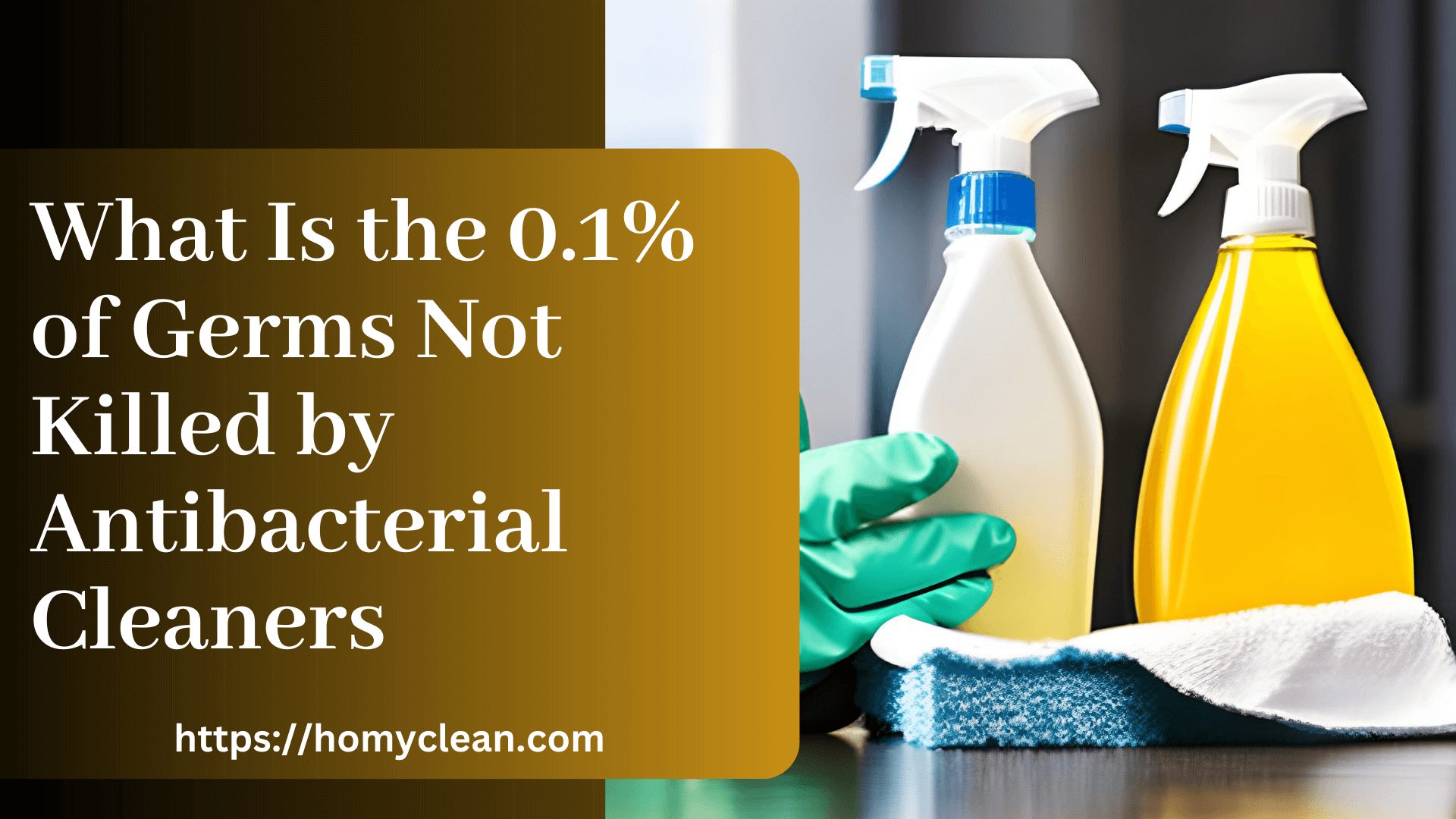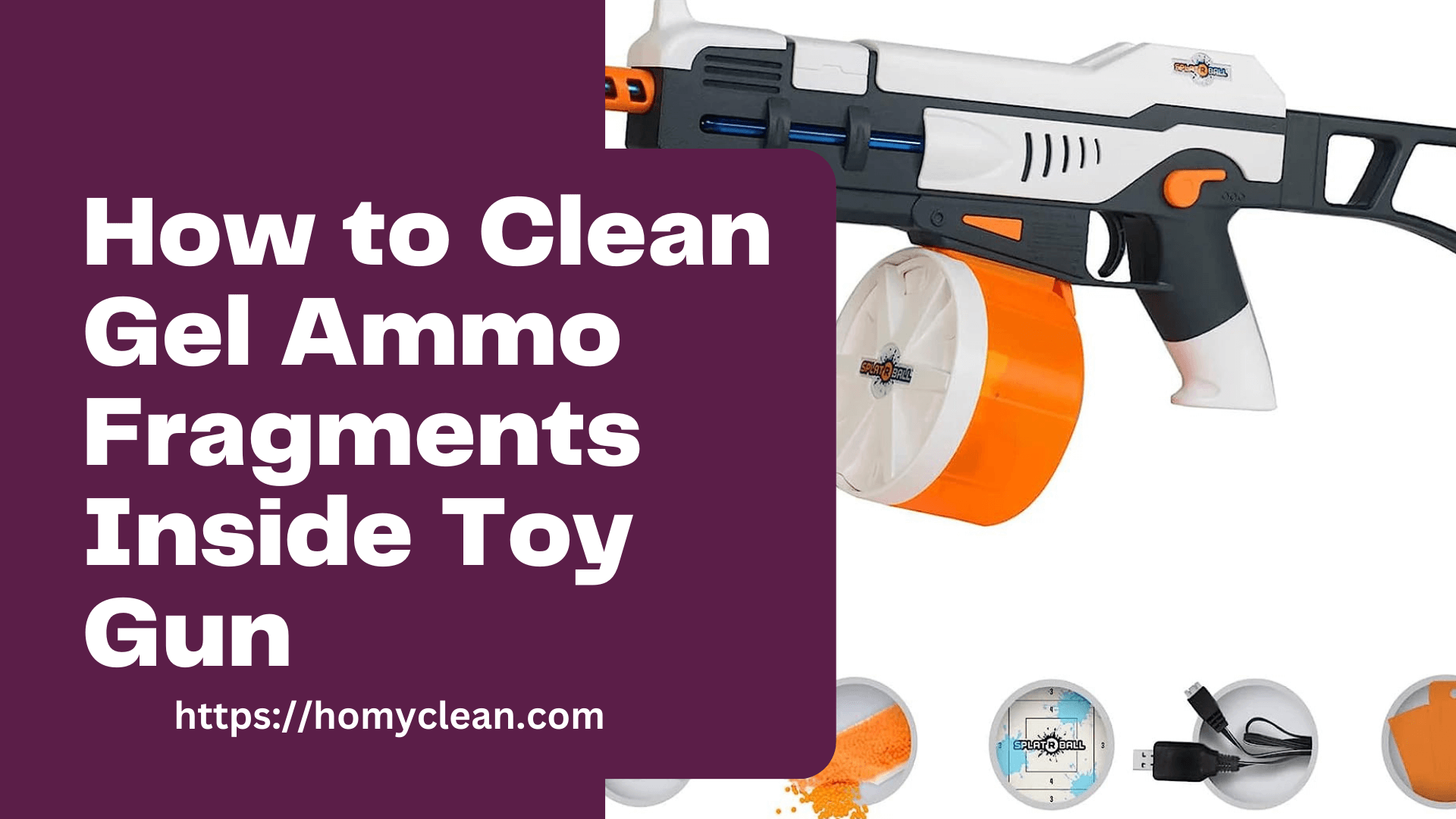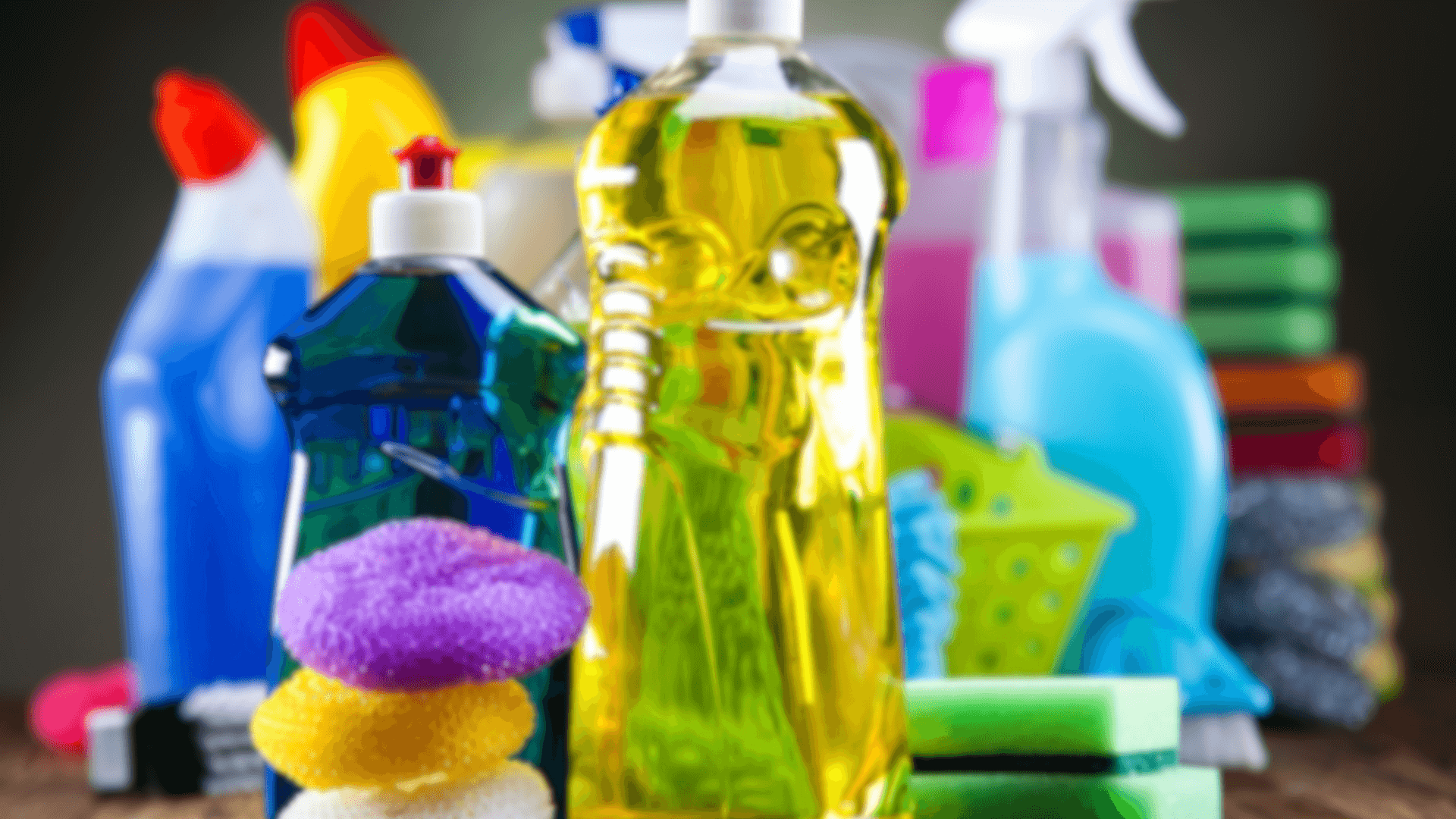Antibacterial cleaners have become a staple in households and public spaces, promising to eliminate a vast majority of germs and bacteria. However, have you ever wondered what happens to the elusive 0.1% of germs not killed by antibacterial cleaners? This comprehensive article will delve into the world of antibacterial cleaners.
The Science Behind Antibacterial Cleaners
Before we explore the 0.1% of germs not killed by antibacterial cleaners, it’s essential to understand how these products work. Antibacterial cleaners typically contain active ingredients like alcohol, chlorine, or triclosan, which aim to kill or inhibit the growth of bacteria and some viruses.
They work by breaking down the cell walls of these microorganisms, leading to their demise. However, the effectiveness of these cleaners is not absolute, and here’s where the 0.1% comes into play.
Unveiling the Resilient 0.1% of Germs Not Killed By antibacterial Cleaners
The 0.1% of germs that remain despite using antibacterial cleaners are often called “resilient” or “persistent” bacteria. These microorganisms possess unique characteristics that enable them to withstand the effects of traditional cleaning agents. Some of the key factors contributing to their survival include:
- Genetic Variation: Like all living organisms, bacteria can mutate and develop genetic variations that make them less susceptible to certain chemicals. This genetic diversity allows some bacteria to survive exposure to antibacterial cleaners.
- Biofilm Formation: Bacteria can create protective biofilm, which are slimy layers that shield them from harsh environmental conditions. Biofilm act as a barrier, making it harder for antibacterial agents to penetrate and eliminate the bacteria.
- Adaptation to Stress: The 0.1% of germs are often bacteria adapted to survive under various stressors, including exposure to cleaning agents. They have developed mechanisms to counteract the effects of these chemicals, making them more resilient.
Related: How to Protect Home from Harboring Toxic Chemicals
Health Implications of the 0.1% of Germs not Killed by Antibacterial Cleaners
The presence of 0.1% of germs not killed by antibacterial cleaners raises concerns about potential health implications. While most of these remaining germs might not pose an immediate threat to healthy individuals, they can become problematic under certain circumstances:
- Bacteria that endure antibacterial cleansers might consist of antibiotic-resistant strains, potentially fostering the emergence of resistance to medical treatments over time.
- The survival of germs could give rise to opportunistic infections, particularly impacting individuals with compromised immune systems or underlying health issues, posing challenges in treatment.
- About 0.1% of germs may become sources of cross-contamination, spreading to various surfaces and individuals upon contact. This issue raises concerns in diverse settings such as public spaces, healthcare facilities, and homes.
Effectively Dealing with the 0.1%
To ensure a clean environment, it’s essential to take additional measures to deal with the 0.1% of germs not killed by antibacterial cleaners:
- Explore alternative cleaning agents that complement antibacterial cleaners, such as steam cleaning and hydrogen peroxide-based solutions, for effective bacteria control.
- Emphasize the importance of proper handwashing with soap and water as a highly effective method for reducing the spread of germs, even in the presence of antibacterial cleaners.
- Incorporate UV-C technology in cleaning equipment to disinfect surfaces and eliminate persistent bacteria.
- Establish a routine for regular disinfection of frequently touched surfaces like doorknobs, light switches, and electronic devices.
- Avoid overusing antibacterial cleaners to prevent the potential development of more resilient bacteria; follow product label instructions and minimize unnecessary exposure.
- Promote proper ventilation in indoor spaces to reduce the accumulation of airborne germs and contribute to a healthier environment.
Similar Topics:
FAQs About the 0.1% of Germs Not Killed by Antibacterial Cleaners
Are antibacterial cleaners completely ineffective against the 0.1% of germs?
Can the 0.1% of germs cause serious illnesses?
How can I ensure better germ elimination?
Are there eco-friendly alternatives to antibacterial cleaners?
Can I use antibacterial cleaners on all surfaces?
Can I create my antibacterial cleaner at home?
Conclusion
Understanding the 0.1% of germs not killed by antibacterial cleaners empowers us to take proactive steps to ensure better hygiene and health. While these persistent bacteria may pose minimal risks to healthy individuals, their existence highlights the need for proper cleaning practices, regular disinfection, and prudent use of antibacterial agents. By incorporating these practices into our daily routines, we can create cleaner and safer environments for everyone.


![Does Bleach Damage Rubber [Ultimate Guide]](https://homyclean.com/wp-content/uploads/2023/08/Does-Bleach-Damage-Rubber.jpg)


